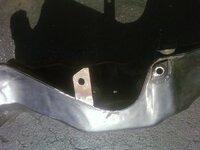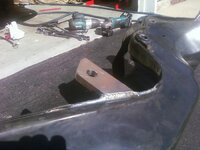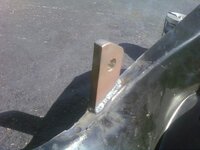dsm-onster
DSM Wiseman
- 8,592
- 124
- Jul 11, 2004
-
Bloxom,
Virginia
But he has no "BS" in mechanical engineering 
BTW, fatigue occurs over time. That time interval is determined by the magnitude of the forces applied and the frequency. Who has calculated the shear force even to announce so dogmatically the tab would fail in the lifetime of the car? After that, you then can form your opinion on how frequently the piece will see the various loads at magnitude. And then, you still have calculated a big fat guess. . .
Thankfully, Tim will bypass all that waste.

BTW, fatigue occurs over time. That time interval is determined by the magnitude of the forces applied and the frequency. Who has calculated the shear force even to announce so dogmatically the tab would fail in the lifetime of the car? After that, you then can form your opinion on how frequently the piece will see the various loads at magnitude. And then, you still have calculated a big fat guess. . .
Thankfully, Tim will bypass all that waste.



 ..
..

























